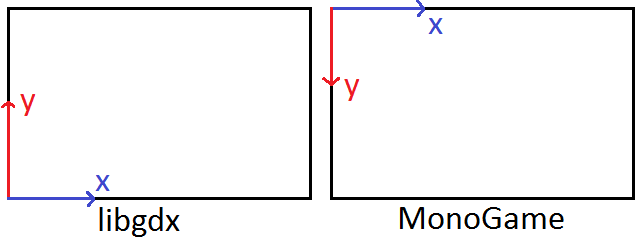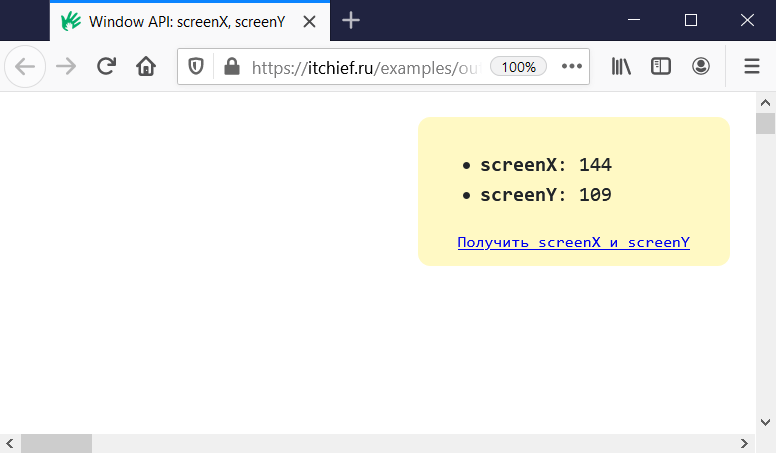

- INPUT SCREENX SCREENY LIBGDX HOW TO
- INPUT SCREENX SCREENY LIBGDX 1080P
- INPUT SCREENX SCREENY LIBGDX FULL
INPUT SCREENX SCREENY LIBGDX FULL
For this demo I am going to use this 2048×1024 image (click it for the full resolution, non-squished version, or make your own): We are going to implement a simple Orthographic camera that pans around a single image that represents our game world. So, TL DR version, if you are making a 2D game, you probably want Orthographic. In a 2D game, you don’t want objects to change size the further “into the screen” they are. However, when you are working in 2D, you are actually still in 3D but for the most part you are ignoring depth ( except for sprite ordering ).

When dealing with 3D, a Perspective camera looks much more like we expect in the real world. One of the easiest ways to illustrate the effect is to fire up Blender and view a Cube in both perspectives: In my last tutorial I covered getting the library setup and ready for development. To the human eye, as something gets further away the smaller it appears. LibGDX is an open source Java library for creating cross-platform games and applications. A perspective camera tries to mimic the way the human eye sees the world ( instead of how the world actually works ). First and foremost, if you are working on a 2D game, there is a 99.9% change you want an Orthographic camera, while if you are working in 3D, you most likely ( but not always ) want to use a Perspective camera. Both are very big words and somewhat scary, but neither needs to be. In LibGDX there are two kinds of cameras, the PerspectiveCamera and the OrthographicCamera. Viewport – controls how the render results from the camera are displayed to the user, be it with black bars, stretched or doing nothing at all.Camera – eye in the scene, determines what the player can see, used by LibGDX to render the scene.Sometime this means stretching the image, or displaying black bars or possibly doing nothing at all. This is what a viewport does… takes an incoming image and adapts it to run best on the device it’s sent to it.
INPUT SCREENX SCREENY LIBGDX 1080P
For example, the box may send you a 480i image, or a 1080p image, and it’s your TV’s responsibility to decide how it’s displayed.
INPUT SCREENX SCREENY LIBGDX HOW TO
Then your TV devices how to display the signal that comes in. The video signal comes in to your box ( this is the camera ), this is the picture that is going to be displayed. Any easy way to think about this is to think about your HD cable or satellite box and your HD TV. A viewport represents how what the camera sees is displayed to the viewer. It’s an analogy to the way video camera’s work in the real world. Well, basically a camera is responsible for being the players “eye” into the game world. The first immediate question that comes to mind are probably “What’s a camera, what’s a viewport and how are they different?”. In fact, in some prior tutorials I actually made use of Cameras with little prior discussion. Also, if you continue to use libGDX you will almost certainly at some point have to learn Scene2D UI, so you might as well get it over with. I will admit, I am a bit late in covering this topic, as I should have covered it much earlier in the series. An input processor for each screen is the way to go. I guess it's because it was based off the position of the TiledMap and not the relative position of the touch on the screen.In this tutorial we are going to look at how to use Cameras ( and in the next, Viewports ) in LibGDX. Hey, so basically once I made the camera follow my player around, my touch input isn't working.


 0 kommentar(er)
0 kommentar(er)
